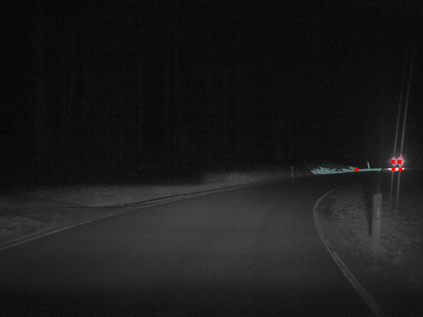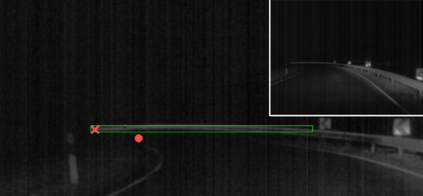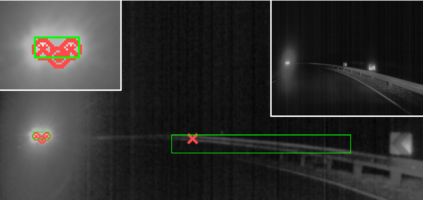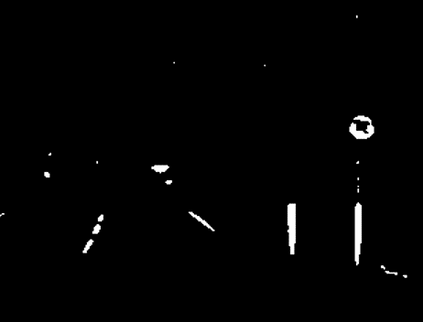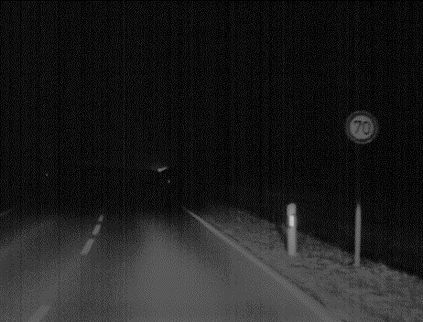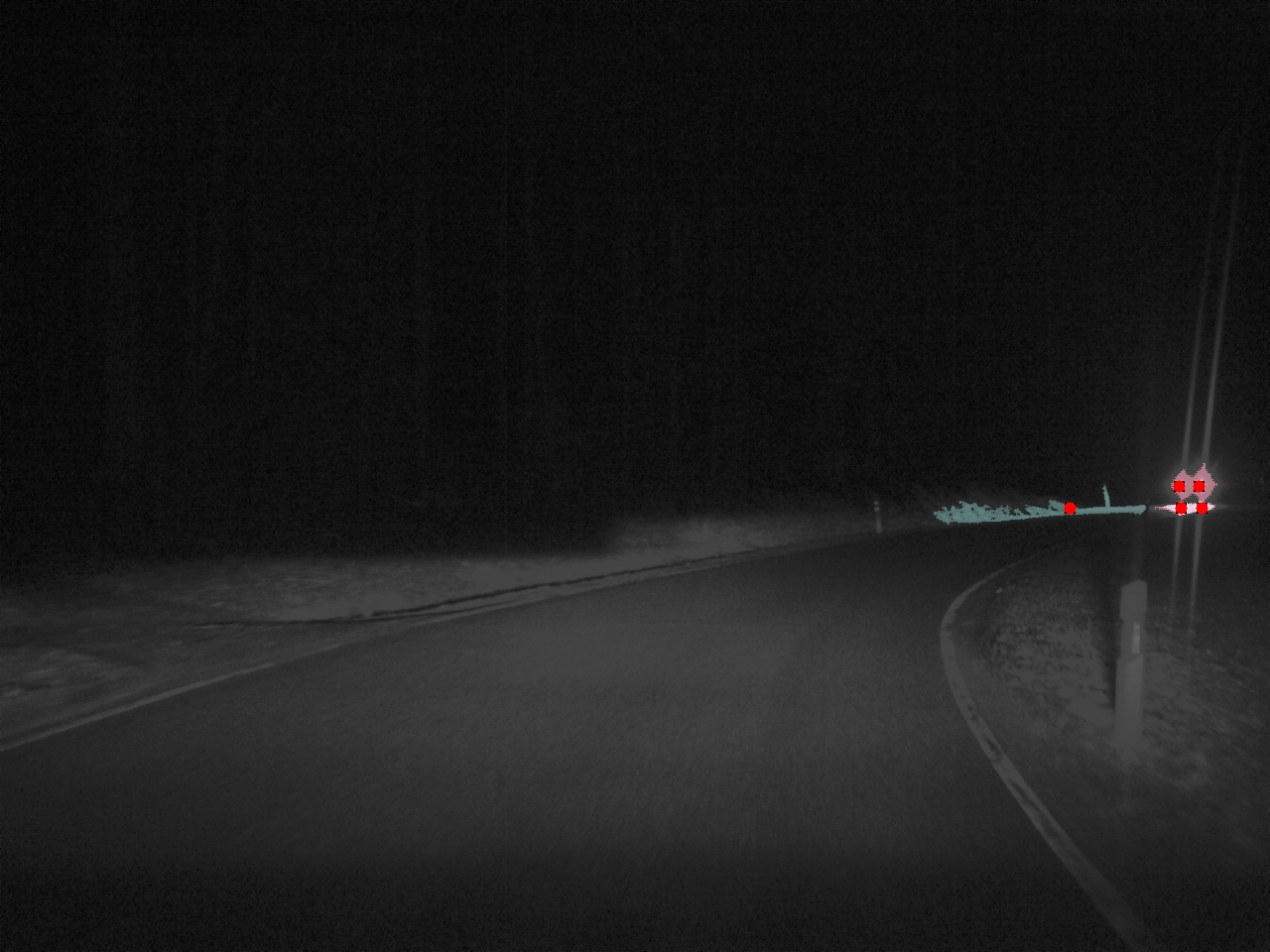In current object detection, algorithms require the object to be directly visible in order to be detected. As humans, however, we intuitively use visual cues caused by the respective object to already make assumptions about its appearance. In the context of driving, such cues can be shadows during the day and often light reflections at night. In this paper, we study the problem of how to map this intuitive human behavior to computer vision algorithms to detect oncoming vehicles at night just from the light reflections they cause by their headlights. For that, we present an extensive open-source dataset containing 59746 annotated grayscale images out of 346 different scenes in a rural environment at night. In these images, all oncoming vehicles, their corresponding light objects (e.g., headlamps), and their respective light reflections (e.g., light reflections on guardrails) are labeled. In this context, we discuss the characteristics of the dataset and the challenges in objectively describing visual cues such as light reflections. We provide different metrics for different ways to approach the task and report the results we achieved using state-of-the-art and custom object detection models as a first benchmark. With that, we want to bring attention to a new and so far neglected field in computer vision research, encourage more researchers to tackle the problem, and thereby further close the gap between human performance and computer vision systems.
翻译:在目前的天体探测中,算法要求该物体直接可见,以便被检测。然而,由于人类,我们直觉地使用由该物体产生的视觉提示,已经对它的外观做出假设。在驾驶方面,这些提示可以是白天的影子,通常在夜间进行光反射。在本文中,我们研究如何将这种直观的人类行为映射成计算机视觉算法的问题,以便从它们头灯造成的光反射中探测夜间车辆的行进情况。为此,我们展示了广泛的开放源数据集,其中包含了59746个来自农村环境夜间346个不同场景的附加说明的灰色图像。在这些图像中,所有行进的车辆,其对应的灯光物体(例如头灯光反射器)和各自的光反射镜(例如看门的光反射)都贴上标签。在这方面,我们讨论了数据集的特点和客观描述视觉信号的挑战,如光反射等。我们为接近任务的不同目标提供了不同的指标,以不同的方式接近任务和报告结果,这些行进的车辆、相应的灯光标(例如头),我们用新的视觉探测结果,然后用新的电脑测量,然后进行新的观察,然后用新的观察,然后用新的观察,然后用新的电脑测量,用新的基准,然后进行新的观察。

